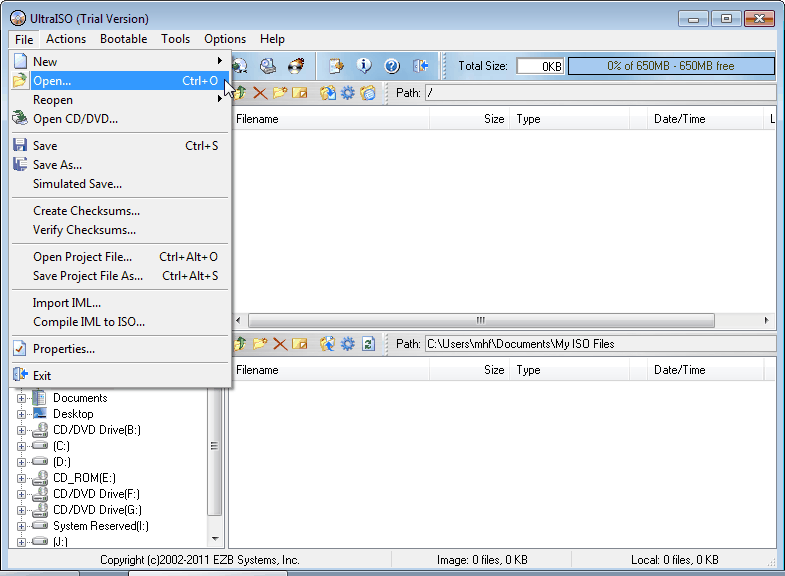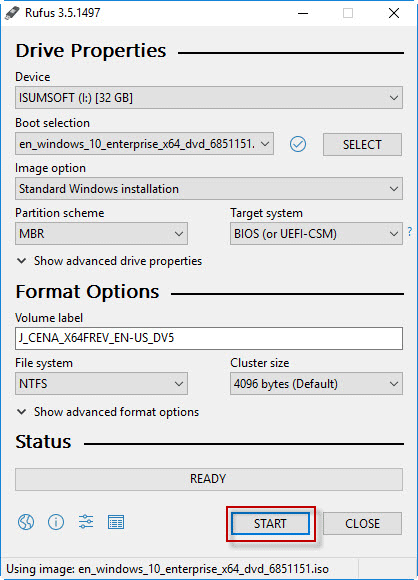
If you used the "USB Drive" install mode: After rebooting, boot from the USB drive. If your USB drive doesn't show up, reformat it as FAT32.

Select an ISO file or a distribution to download, select a target drive (USB Drive or Hard Disk), then reboot once done. It loads distributions either by downloading a ISO (CD image) files for you, or by using an ISO file you've already downloaded. UNetbootin can create a bootable Live USB drive You can either let UNetbootin download one of the many distributions supported out-of-the-box for you, or supply your own Linux. After the installation of Windows 10, you can enable secure boot again.UNetbootin allows you to create bootable Live USB drives for Ubuntu and other Linux distributions without burning a CD. As a result, check your device manufacturer's support website for more specific instructions. The firmware settings are different per manufacturer and even by device model. Typically, you would do this from within the UEFI, which you can access by hitting one of the function keys (F1, F2, F3, F10, or F12), Esc, or the Delete key, as soon as you start the computer. However, since the "UEFI:NTFS bootloader" does not include a digital signature for secure boot, you must temporarily disable secure boot on the motherboard firmware before you can boot into the setup. When you have the USB boot media with support for UEFI systems, you can launch the "Windows Setup" wizard to perform a clean installation of Windows 10 or an in-place upgrade. Once you complete the steps, Rufus will run the automated script to download the Windows 10 ISO file from the Microsoft servers and create a bootable media to install the operating system on a UEFI device without needing the Media Creation Tool. Leave the customization installation settings unchecked.



 0 kommentar(er)
0 kommentar(er)
